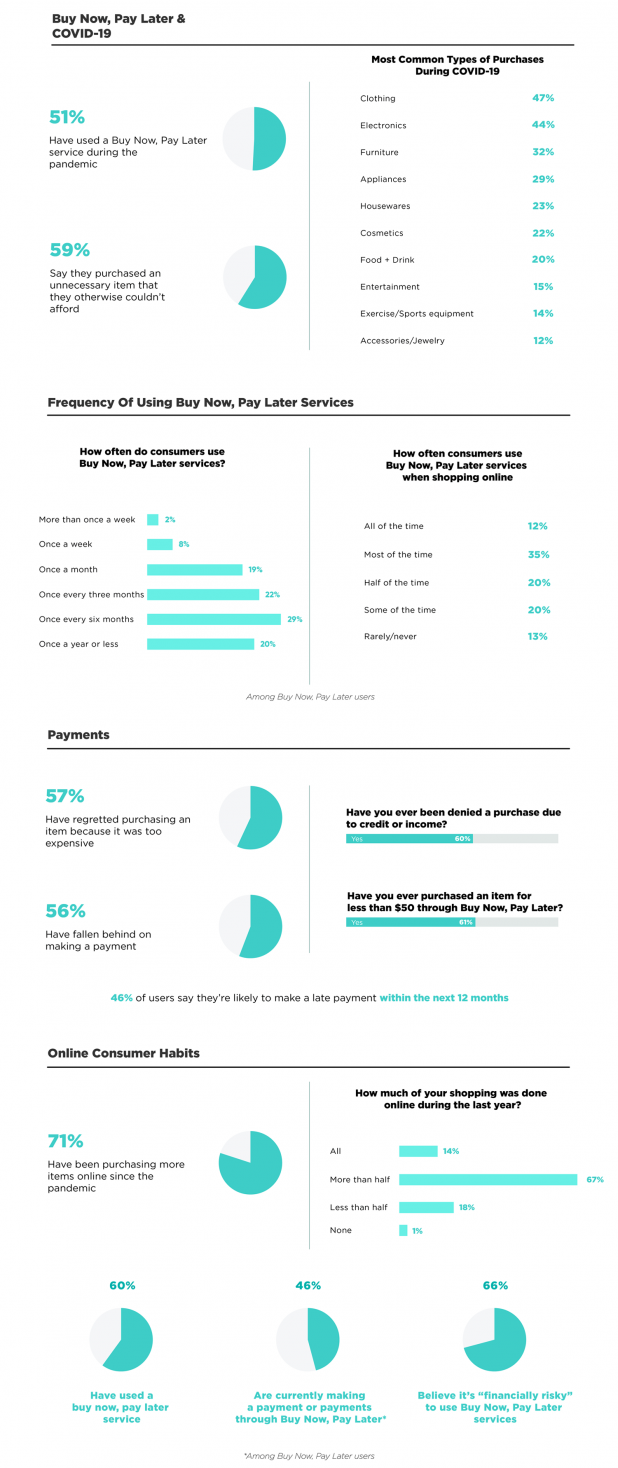Google Is Removing 4 Attribution Models For Advertisers via @sejournal, @brookeosmundson
Get ready for major changes in Google Ads and Analytics attribution modeling starting in May 2023. The post Google Is Removing 4 Attribution Models For Advertisers appeared first on Search Engine Journal.

Just announced: Google is updating its measurement models starting May 2023.
In the April 6 announcement, Google stated that four attribution models would disappear in both Google Ads and Google Analytics.
First click Linear Time decay Position-basedThe Decision Behind The Change
Dedicated Google Ads liaison Ginny Marvin provided a series of tweets to explain the sudden attribution offering change further.
Today we announced we’ll be deprecating non-last-click rules-based attribution models, which includes first-click, linear, positioned based & time decay, in Google Ads & GA4.
Data-driven attribution (DDA) is recommended & last-click will remain available.
More on why & timing:
— AdsLiaison (@adsliaison) April 6, 2023
Why:
Use of rules-based attribution models has dropped significantly with the introduction of DDA 3 years ago.
Fewer than 3% of conversion actions in Google Ads use them now. DDA has the broadest adoption & is available to all businesses, with no data requirements.
— AdsLiaison (@adsliaison) April 6, 2023
According to Google, the data-driven attribution model is the most used model for conversions for automated bidding.
Additionally, the four deprecated models make up less than 3% of Google web conversions combined. From their viewpoint, removing less commonly used attribution models is a way to consolidate and simplify measurement.
Advertisers React To The News
The sudden announcement produced mixed reactions from advertisers on social media.
Some replied to Marvin that the change made sense.
Using DDA on all my clients conversions google Ads for about a year now. Surprised people find this “new”
— Joe May (@JoeMayLI) April 7, 2023
Others on Twitter voiced their displeasure with the news.
David Kyle argues that the removal of attribution models takes away necessary and valuable insights for marketers that help make more informed decisions:
This is a terrible decision! While DD should be used for optimization, viewing data with these other models can provide useful insights.
— David Kyle | davidkyle.x (@DavidKyle) April 7, 2023
In other online posts, advertisers are cautious to move entirely to a data-driven attribution model where it may be apt to give Google Ads campaigns more credits in a conversion vs. other channels. If it makes it harder to measure or justify the performance of other paid media channels, more marketing dollars could be invested in Google Ads.
What Advertisers Need To Know
Accounts that are using any of the four attribution models being sunset should be ready to take action immediately.
Google’s Attribution Models Sunset Timeline
May 2023: For Google Analytics 4 properties, time decay, linear, first click, and position-based models will be unavailable for any new conversion actions. June 2023: For Google Ads accounts, time decay, linear, first click, and position-based models will be unavailable for any new conversion actions. September 2023: Google will sunset the four attribution models in both Google Ads and Google Analytics 4.Once the models are sunset, they will also be removed from the Model Comparison Report in the Attribution tab, as well as the Overview page in Google Ads.
So, what happens to conversion actions that are already using these models?
Google confirmed any conversion action using the near-deprecated models will automatically convert to the data-driven attribution model.
Advertisers can choose the existing ‘last click’ attribution model but will have to make this change for each conversion action manually.
Start (Or Continue) The Attribution Conversation Internally
Measuring conversions is an essential conversation for every marketer.
Understanding how the change in attribution models affects campaign performance is imperative before switching.
This is especially true for top-of-funnel campaigns, where a first-click model was likely appropriate.
Start using the Model Comparison tool to identify fundamental measurement changes that can help drive any strategy shifts.
Staying ahead of the deadline sets marketers up to better explain the change to clients or internally to other departments.
Featured Image: Andrii Yalanskyi/Shutterstock

 Hollif
Hollif 































